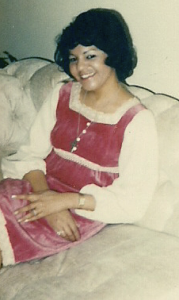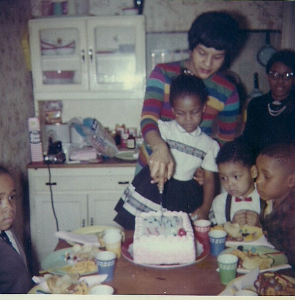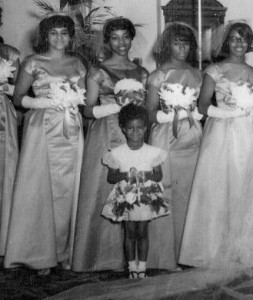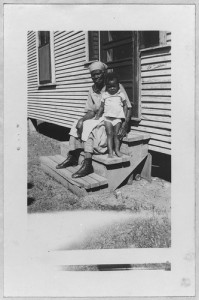Carlin Romano, critic at large for the Chronicle of Higher Education and former reporter for the Philadelphia Inquirer, has taken heat for his recent essay arguing that more philosophers ought to be taking up journalism as a focus of inquiry, and more aspiring journalists ought to be taking a class like the one he has taught at various colleges and university over the last 25 years. He summarizes that course thusly:
“So I constructed a basic course that examines journalism in the light of philosophical thinking in epistemology, political theory, ethics, and aesthetics, mixing philosophical and journalistic materials and vocabularies. In Part 1, we scrutinize “truth,” “objectivity,” and “fact.” In Part 2, we explore how journalism might fit classic modern theories of the state, including that tradition from Locke to Rawls that largely ignores the “Fourth Estate.” In Part 3, we ponder how what practitioners call “journalistic ethics” fits with broader moral theories such as utilitarianism. In Part 4, we investigate whether journalism can be art or science without overstepping its conceptual bounds. The guiding principle was a variant of Browning: One’s reach should exceed one’s grasp, or what’s a syllabus for?”
lf philosophy blogs are any indication, Romano’s word was not kindly met. University of Chicago law professor Brian Leiter thinks that the column’s real message was, “Why is Brian Leiter so mean to me?” Apparently, they’ve had some sort of running feud. In any event, he dismisses Romano’s thesis:
“As to why ‘philosophy of journalism’ is not a major topic of philosophical study, I would have thought the answer obvious: it’s not a central or substantial intellectual or cultural practice, unlike science, art, or law. The idea that “philosophy of journalism” would displace the central subjects of the discipline for millenia–metaphysics, epistemology, value theory (the ones too “abtruse” for Mr. Romano to understand)–is sufficiently silly that only a journalist could propose it.”
More constructively, Ben Hale, a philosophy professor at the University of Colorado at Boulder, picked up Leiter’s post and suggested that philosophers might contribute the the discussion of journalism ethics. One of his commenters took specific exception to Leiter’s marginalization of journalism as a cultural practice:
Is he suggesting that journalism really is NOT one of the main conduits by which modern society learns about its current affairs? Is he really suggesting that journalism is NOT a way that culture is constructed? Does he really believe that the vast majority of people in the world do NOT learn about everything from the failure of their local schools to educate their children to the failure of central governments to take adequate steps to prevent a new financial bubble? (Not to mention such essential pieces of information as precisely which drug killed Jacko, and just how mind-blowing Britney’s new CD is, as I learned on NPR the other day. No kidding.)
Hans Holbling at the Galilean Library allowed that Romano’s goal – helping journalists’ become more “philosophically astute” — might be a worthy one, but he raises interesting questions about the how the field of philosophy would be advanced by a focus on journalism and media:
“If we have journalists who are able to question their own preconceptions, avoid inductive inferences from small data sets, and so on, then let’s suppose this is a good thing for both journalism and for those consuming the products of journalism. Why do we also need philosophers to understand the intersubjective standards setting these journalists report on? Unless we presuppose that only philosophers can teach the journalists to be more philosophically astute, or even if we don’t, it seems the development of philosophers can be left out of this. A more accurate requirement might be: we should get journalists to study the philosophical aspects of their work to help develop a more valuable form of journalism.”
like Holblin’s reformulation very much, and I see some value in Romano’s course. Indeed, much of my own journalism teaching is an attempt to engage students in philosophical reflection on the ethics, esthetics, epistemology, and rhetoric of journalism as it is practiced currently and historically in the United States. However, I am not a trained philosopher, and I work hard every semester to make up for that gap. So far, I’ve been able to do this without making my colleagues in our philosophy department retch, because my best and most demanding teacher, my father, started me reading Plato from the time I was about nine, and we’ve gone on from there.
Infusing philosophical literacy into journalism education
All of that said, I don’t think Romano’s required “Philosophy of Journalism” course is an adequate solution. Journalism education is being rethought, and should be, prompted largely by the fundamental shifts in economics and technology of newsgathering and delivery. I think Romano is particularly off-base when he argues that foundations and university journalism departments should require the formal study of the philosophy in order to “[focus] on long-standing gaps in journalism education” instead of the “bells and whistles of new technology, as if tweets will save us all.” This, I submit, is a false choice.
Instead, I would argue that we need to infuse philosophical thinking into every aspect of media study and practice. It’s a particularly good thing to do now because so many fundamental aspects of the field are changing. I don’t pretend to be an authority on how to do it, but it has to be done. I wish there was more of a conversation between journalists and philosophers — and here is where I agree with Romano — because I suspect both fields could benefit. If, as I’ve read, philosophers do use news stories as a starting point for many of their own inquiries, why would it not be useful to understand how journalists and journalism scholars approach these issues?
So I thought it would be useful to run through a list of essential philosophical concepts and texts that journalists should understand: I will freely admit that in attempting this, I am exposing my own clumsiness with the subject, but that is the only way that I know of te learn. I welcome additions, including suggestions about the courses in which these concepts and texts might best fit. I will do that in one of the the posts that follows.






